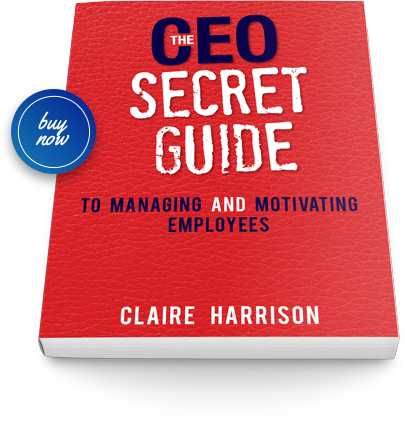Typically, casual employees are not entitled to such things as paid annual, personal or compassionate leave. Instead, they receive a loading to compensate for the absence of those and other entitlements of permanent employment.
You may or may not have heard mention of the WorkPac v Skene case recently. It has certainly caused a stir in regard to the rights of casual employees, especially long-term casual employees.
In a nutshell, the case examined what it means to be classified as a casual employee and the ruling that a long-term casual employee was entitled to back pay of annual leave.
If you’re an employer of long-term casual employees, it’s important for you to be across why this ruling was made and the implications for your business moving forward.
In this blog post, I’ll explore some of the essential points in the case as well as provide some key takeaways for employers from a HR perspective.
A Quick Background to the Case
- The employee (Skene) was employed by WorkPac as a FIFO worker in the mining industry and worked 7 days on and 7 days off
- Skene was paid an hourly rate
- Skene’s period of employment was 3 months and then 21 months with just 7 days unpaid in that time
- The rosters for Skene were scheduled 12 months in advance
- Skene was terminated in 2012 and proceeded to claim unpaid annual leave entitlements, arguing that while he had been employed as a casual, the nature of the work he performed was consistent with that of a permanent employee.
The Decision
Without going into too many details, the court considered the “essence of casual employment” in this case.
As the Fair Work Act does not contain a specific definition of a “casual employee”, the court determined that the definition of casual employment under common law prevailed.
Under the common law definition, the essence of a casual employee is someone who does not have regular and systematic hours of work, such as:
- Irregular work patterns;
- Uncertainty around future work; and
- Intermittency of work and predictability.
The crucial factor in the case was that Skene was employed on a regular and continuous basis. His roster was fixed 12 months in advance with regular hours. Therefore, the Court decided Skene wasn’t a casual employee.
As it was not clear from the evidence that casual loading was paid, WorkPac was ordered to back pay annual leave and leave loading to Skene.
Casual Loading AND Annual Leave Payments?
In response to the WorkPac v Skene case, The Federal Government introduced the Fair Work Amendment (Casual Loading Offset) Regulations 2018, which came into effect on 18 December 2018.
In the case of a casual employee claiming a National Employment Standards (NES) entitlement, the Regulator allows an employer to make a claim to have the casual loading payments taken into account when working out the entitlements owing to the employee for NES entitlements. The offset is subject to determination by a Court and not automatic.
Class Action Suit
As of February 2019, a former WorkPac employee is leading a class action suit covering almost 630 fellow workers, following the precedent set by the WorkPac v Skene case. The suit is alleging underpayments of up to $84.2 million.
This shows that the ramifications of the WorkPac v Skene case will be ongoing and widespread.
Key Takeaways for Employers
If you’re an employer who has relied heavily on employing casual employees for extended and consistent periods of time, now is a good time to consider offering part or full-time contracts to your long-term casual employees (if and where appropriate).
At the very least, you should take this opportunity to carefully review your employment contracts with your casual employees. You need to ensure casual loadings are clearly identified in your contracts and stating they are inclusive of all NES entitlements of a permanent employee, such as paid annual, personal and compassionate leave. This will give you the ability to make a claim for the casual loadings to be set off against annual leave entitlements if one of your long-term casual employees makes a claim. Payslips should also show the casual loading separate from the base rate.
Another key consideration for your casual employees is casual conversion requests. Following recent changes by the Fair Work Commission, you’re required to provide a copy of the new casual conversion clause to all of your casual employees. To do so, you can use our free casual conversion clause notification letter template by clicking the image below.
Perhaps the most important takeaway is this… just because you assign an employee with the label of “casual” and pay them casual leave loading, doesn’t necessarily mean they are a casual employee in the eyes of the law.
If you need some guidance in reviewing arrangements with your long-term casual employees, talk to the team at Harrison Human Resources.
With our flexible HR Consulting services, we are able to provide expert advice and assistance with implementation on a short or long term basis.
Simply click here to request an obligation-free 15 minute phone consult to get some initial advice on your HR needs.
Claire Harrison is the Founder and Managing Director of Harrisons, a flourishing HR consulting business that sprouted in 2009 from Claire’s passionate belief that inspiring leaders and superstar employees are the key success factor to any business. With over 20 years’ experience, Claire has worked as a HR Director of multi-national organisations, as a Non-Executive Board Director, and a small business owner. Claire’s corporate career includes working with companies such as BHP, Westpac, Fonterra and Mayne Nickless.





